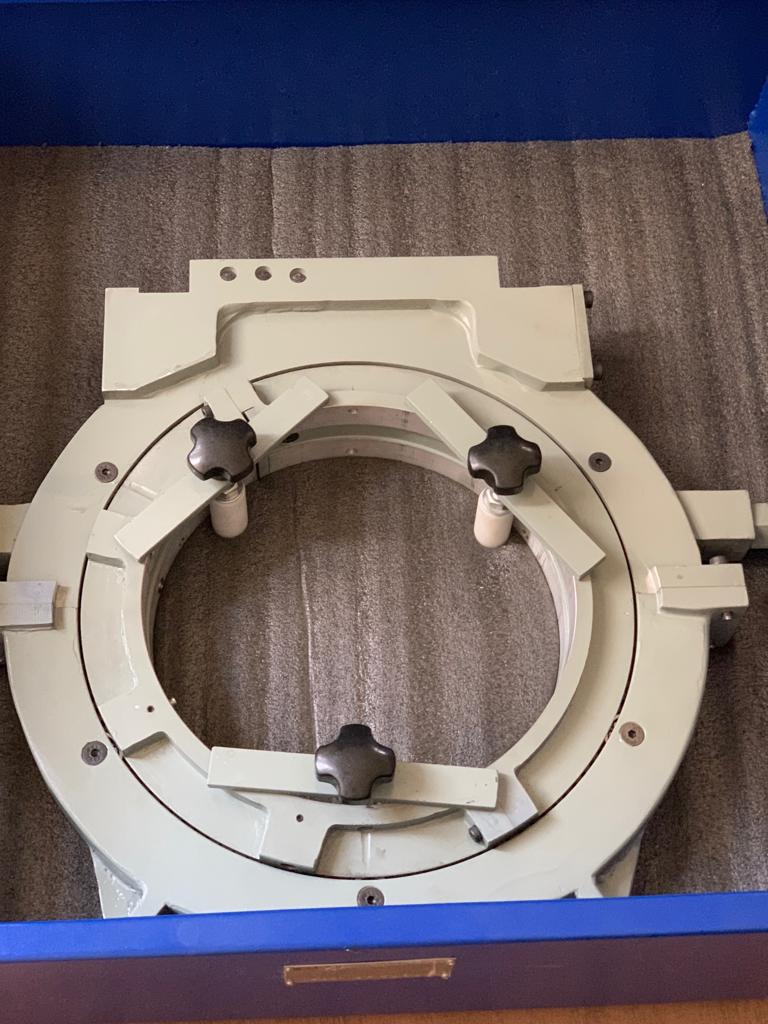- October 27, 2025
- 0 Comments
Yanmar Diesel Generator Model no 8N280L-EV
RA Power Solutions received a request from one of the largest shipping companies based in Athens, Greece. The company reported a breakdown in the crankshaft of the YANMAR Diesel Generator, model 8N280L-EV. The vessel was scheduled to berth at Mundra Port, India, with a stay limited to only 13 hours.

Action taken by RA Power Solutions for successful repair of Crankshaft of Yanmar Diesel Generator Model no. 8N280L-EV.
- As mentioned above, the team had only 13 hours at Mundra Port, India, to inspect the crankshaft and complete the repair.
- In this situation, we decided to depute a team of three technicians onboard the vessel instead of two technicians which is our normal practice.
- After boarding the vessel and completing the in-situ crankshaft machining. The team conducted a detailed inspection of crankpin no. 4, which was found to be damaged.
Following are the main observation:
- The diameter of crankpin no 4 was checked and the following dimensions were observed:
- Minimum diameter observed – 224.15 mm
- Maximum diameter observed – 225.00 mm
The above shows the ovality of 0.85 mm.
- The deep scoring marks on crankpin were observed as bearing got seized.
- The team checked the hardness of crankpin no. 4 and found it within limits. They noticed a few scattered points with readings around 500 HB.
- The team used a high-intensity magnaflux torch to check the crankpin for cracks. They did not find any cracks or abnormalities.
- Due to the seizure of the crankpin bearing the radius fillet of both the sides was badly damaged.
Successful Repair of Crankshaft of Yanmar Diesel Generator Model no. 8N280L-EV in a short time of 13 hrs undertaken by RAP Engineers
- Our technicians worked non stop and were able to successfully repair the crankpin no. 4 by under sizing and grinding it to 1.0 mm.
- After grinding & polishing following minimum & maximum crank pin diameter was maintained:
- Minimum diameter observed – 223.98 mm
- Maximum diameter observed – 224.00 mm
- The above reading shows the crankpin was undersized by 1.0 mm from 225.00 mm to 224.00 mm thus maintaining the ovality of only 0.02 mm which is far superior than the tolerance stipulated in the manufacturer’s manual.
- The radius fillet at both ends was badly damaged, and the team had limited time. They worked hard to form it properly. They repaired the radius fillet successfully.,
- The 1.0 m undersized crank pin bearing was available onboard the vessel.
- RA Power Solutions technicians also helped the ship technical staff in calibration of connecting rod, measurement of big end bearing, and other areas.
- It is normal for RA Power Solutions to take such challenging jobs where the damage to the crankshaft due to an accident is very serious and the time available is short.
- We have a team of technicians who are experienced to take on such challenging assignments. The availability of most modern onsite crankshaft grinding machine with RA Power Solutions also helps us to expedite the job and finish it in the minimum possible time.
- We use high capacity, lightweight, and compact Pneumatic Turbine to execute the repairs
For more details on the In-Situ Crankshaft Machining, in-situ crankshaft machining and repair, email us at info@rapowersolutions.com, rajshahani@rapowersolutions.com, or Call at +91 9582647131,+91 9810012383.
FAQS:
It’s the process of repairing a crankshaft (such as grinding a damaged crankpin, repairing fillets) while it remains in the engine or vessel, rather than removing it to a workshop.
The team repairs engines on-site when downtime is short. They choose this method when engine removal is complex, costly, or when quick action is needed.
The team identified issues such as scoring, ovality in crankpins, damaged fillets, and bearing seizure marks. They corrected the moderate damage through grinding and polishing.
In the case of the Yanmar engine, the team reduced the ovality to about 0.02 mm, which was far better than the manufacturer’s tolerance.
Yes, severe damage or cracks requiring full replacement may still require the removal of the crankshaft. The equipment access and environment must also allow safe machining.
